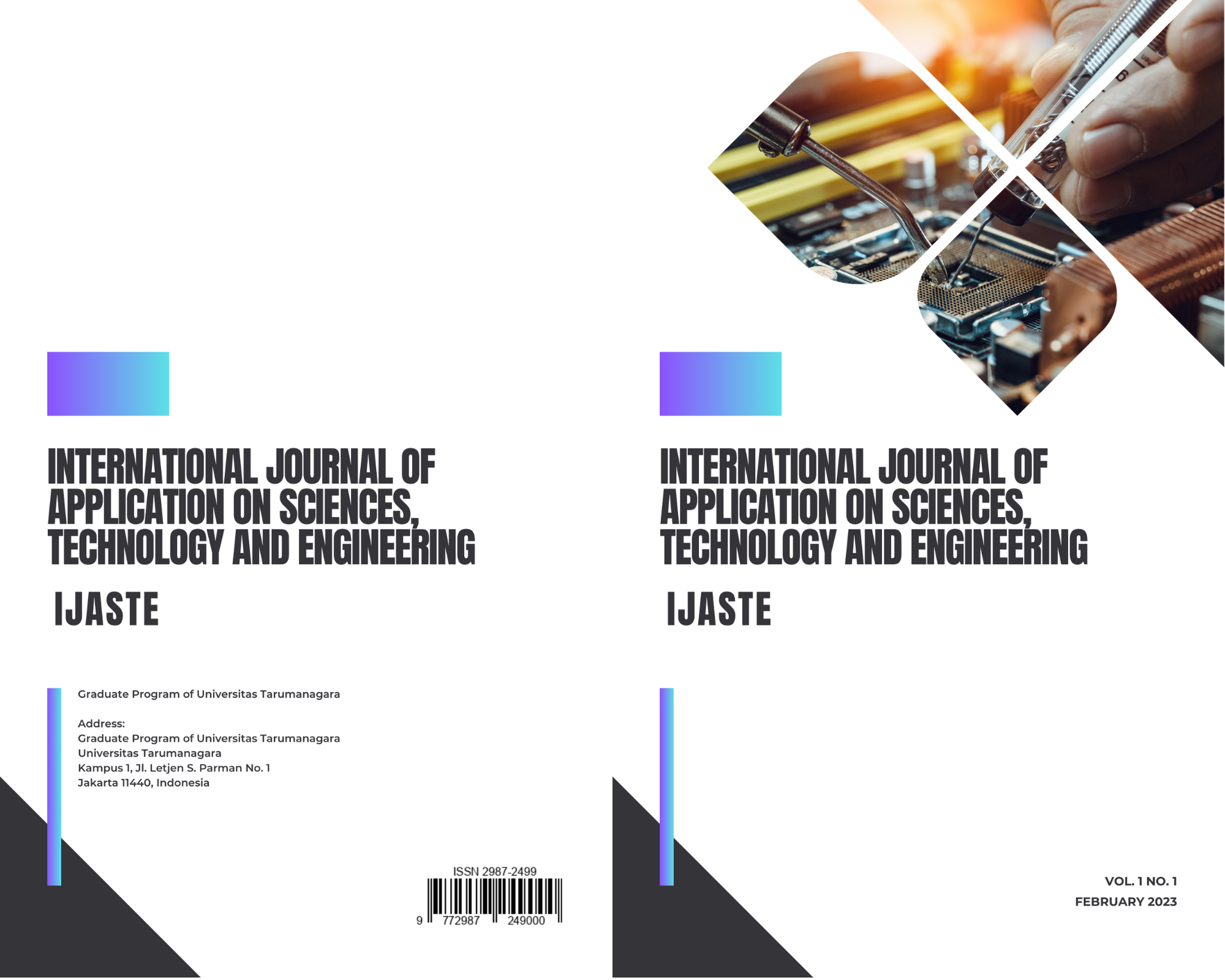Detection and Categorization of Tomato Leaf Diseases Using Deep Learning
Main Article Content
Abstract
Tomato planting has been increasingly developed throughout the year. However, the yield from tomato farming is still heavily affected by diseases. Timely plant disease assessments can help farmers to control the spread of the disease and prevent major clusters of diseases. Conventional disease identification methods with manual inspections are inconsistent and inefficient, calling the need for artificial intelligence to aid tomato plant diseases identification. Convolutional neural network (CNN) is one of the most commonly implemented deep learning models in classification since it requires no data pre-processing, has a better convergence rate and generates decent training performances. CNN state-of-the-art architectures namely the VGG16, ResNet50 alongside a newer architecture MobileNetV2 were implemented in this study; and the performances of the various models in the classification of 10 categories of tomato leaf diseases were evaluated. The various CNN architectures were implemented under different training-to-testing ratios and with the absence/presence of data augmentation to investigate how their performances were affected. It was observable that the difference in loss and accuracy with or without data augmentation was not significant, likely due to the utilization of pre-trained models and the sufficiently large dataset. After training, the highest accuracy acquired was 90.19% for VGG16, 68.08% for ResNet 50 and 90.84% for MobileNetV2. At the training-to-testing ratio of 80:20, the shallow VGG-16 model presented the best performance with high accuracy and the lowest loss, as well as decent recall and precision, endorsing the feasibility to use a shallow model to achieve a promising classification of tomato leaf diseases.
Article Details

This work is licensed under a Creative Commons Attribution-NonCommercial-ShareAlike 4.0 International License.
References
H. Rahim, M. Wahab, M. Amin, A. Harun and M. Haimid, Economic and Technology Management Rev., 12, 41-53 (2017).
A. K. Mahlein, Plant Dis,. 100(2), 241-251 (2016)
Li, Y., Huang, C., Ding, L., Li, Z., Pan, Y., and Gao, X., Methods, 166, 4-21 (2019).
W.Rawat and Z. H. Wang, Neural Comput., 29(9), 2352-2449 (2017).
V. Maeda-Gutiérrez et al., Appl. Sci., 10(4), 1245 (2020)
M. Nagaraju and P. Chawla, Int. J. Syst. Assur. Eng. Manag., 11(3), 547–560 (2020).
A. K. Rangarajan, R. Purushothaman, and A. Ramesh, Procedia Comput. Sci., 133, 1040–1047 (2018)
E. C. Too, L. Yujian, S. Njuki, and L. Yingchun, Comput. Electron. Agric.,161, 272–279 (2019).
J. Enya et al, J. Gen. Plant Pathol., 75, 76-79 (2009).
P. S.Gorai, R.Ghosh, S.Konra, and N.C. Mandal, Biol. Control, 156,104551 (2021).
M. Nowicki, M. R. Foolad, M. Nowakowska, and E. U. Kozik, Plant Dis., 96(1), 4–17 (2012).
K. Pernezny, P. Stoffella, J. Collins, A. Carroll, and A. Beaney, Plant Prot. Sci., 38(3), 81–88 (2018).
F. Eraslan, B. Akbas, A. Inal, and C. Tarakcioglu, Phytoparasitica, 35 (2), 150–158 (2007).
E. Glick, Y. Levy, and Y. Gafni, Plant Prot. Sci., 45(3), 81‒97 (2009).
K. M. Asit, K. M. Praveen, D. Subrata, and C.Arup, Agric. Res. Technol. Open Access J., 10(5). 00109-00117 (2017).
P. Tiftikci S. Kok, and I. Kasap, Biol. Control, 151,104404 (2020).
M. Hussain, J. J. Bird, and D. R. Faria, Adv. Intell. Syst. Comput., 840, 191–202 (2019).
M. Hossin and M. Sulaiman, Int. J. Data Min. Knowl. Manag. Process, 5(2), 01–11 (2015).
R. Yamashita, M. Nishio, R. K. G. Do, and K. Togashi, Smart Innov. Syst. Technol., 195, 21–30 (2021).
Y. Ho and S. Wookey, IEEE Access, 8, 4806–4813 (2020).



